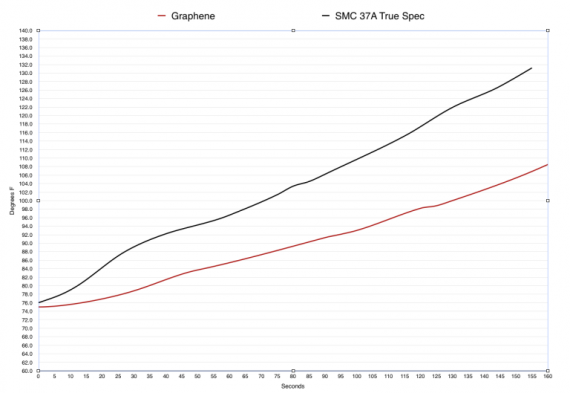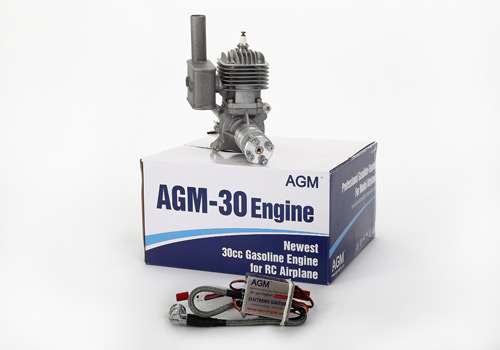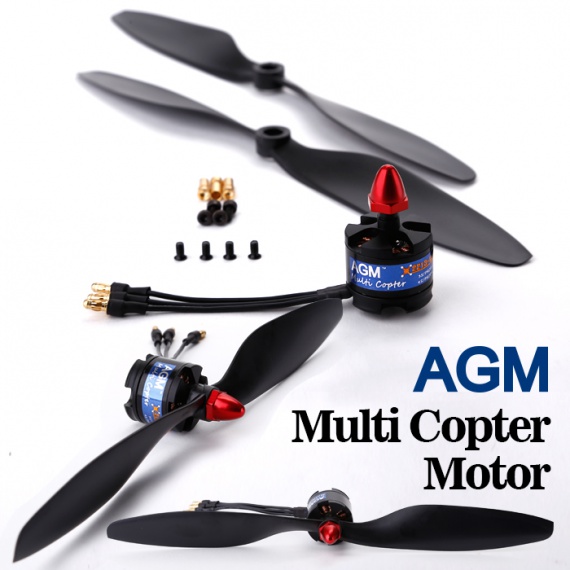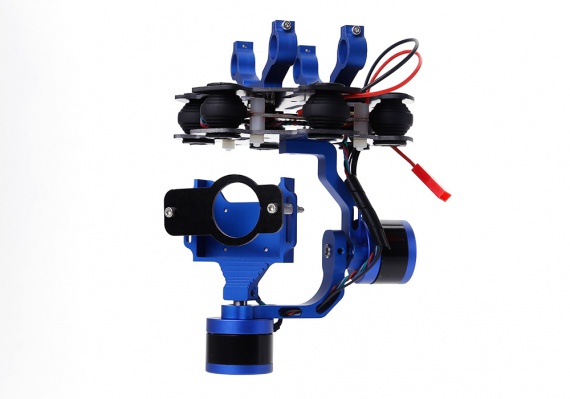Turnigy graphene review: can increase flight time?
What is the graphene lipo battery?
Graphene batteries is Newly developed a kind of new energy battery, which the use of lithium ion in graphene quickly a large number of shuttle between the surface and the electrode movement features.
There are at less 3 advantages of the graphene lipo battery as below:
- High capacity energy storage
- Shorten charging times
- Longer cycle
- Less weight
- More cheaper
Turnigy graphene review 1300mah

As above image you see, Typically I see the end temperature around 130F to 140F. Again, the Turnigy graphene pack performed much better than a standard LiPo. After more than 80% discharge at 27A it was barely warm at 108.5F!
Conclusion
Can turnigy graphene increase flight time for quadcopter? Yes, but not exactly. In fact, according to our survey, graphene material just assisted as additives to increase the performance of lipo battery. So far, they are all more or less good for increasing the performance.
Gradually along with the mass production and large size problem, the industrialization application of graphene is speeding up, based on the existing research results, the commercial application of the first field would be on a mobile device, aerospace, new energy battery and drone field.
Now, there are many brands of graphene battery in the market such as Turnigy, Arris, Grazepony etc. Which one would you like to purchase? Please leave your messages on here, if you have any questions about the graphene battery.






